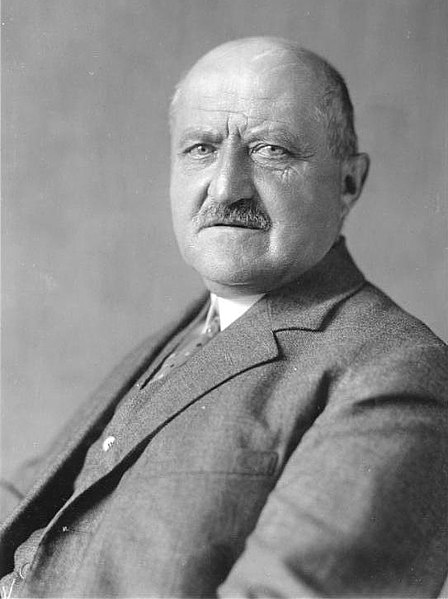Vienna Conference (August 1, 1917)
The Vienna Conference of August 1, 1917 was a German-Austro-Hungarian governmental conference designed to regulate the sharing of the quadruple European conquests, against a backdrop of growing rivalry and divergence between the Imperial Reich and the Dual Monarchy. Convened at a time when the dual monarchy was sinking into a crisis from which it proved unable to emerge until the autumn of 1918, the Vienna meeting was a further opportunity for German envoys to reaffirm the Reich's weight in the direction of the German-Austrian-Hungarian alliance, on the one hand, and in Europe, on the other.
Headquarters of the Foreign Ministry of the Dual Monarchy, on Vienna's Ballhausplatz (today the official residence of the Austrian Federal Chancellor).
Georg Michaelis was the chancellor of the German Empire for a few months in 1917. He was the first chancellor not of noble birth to hold the office. With an economic background in business, Michaelis' main achievement was to encourage the ruling classes to open peace talks with Russia. Contemplating that the end of the war was near, he encouraged infrastructure development to facilitate recovery at war's end through the media of Mitteleuropa. A somewhat humourless character, known for process engineering, Michaelis was faced with insurmountable problems of logistics and supply in his brief period as chancellor.
Michaelis in 1932


